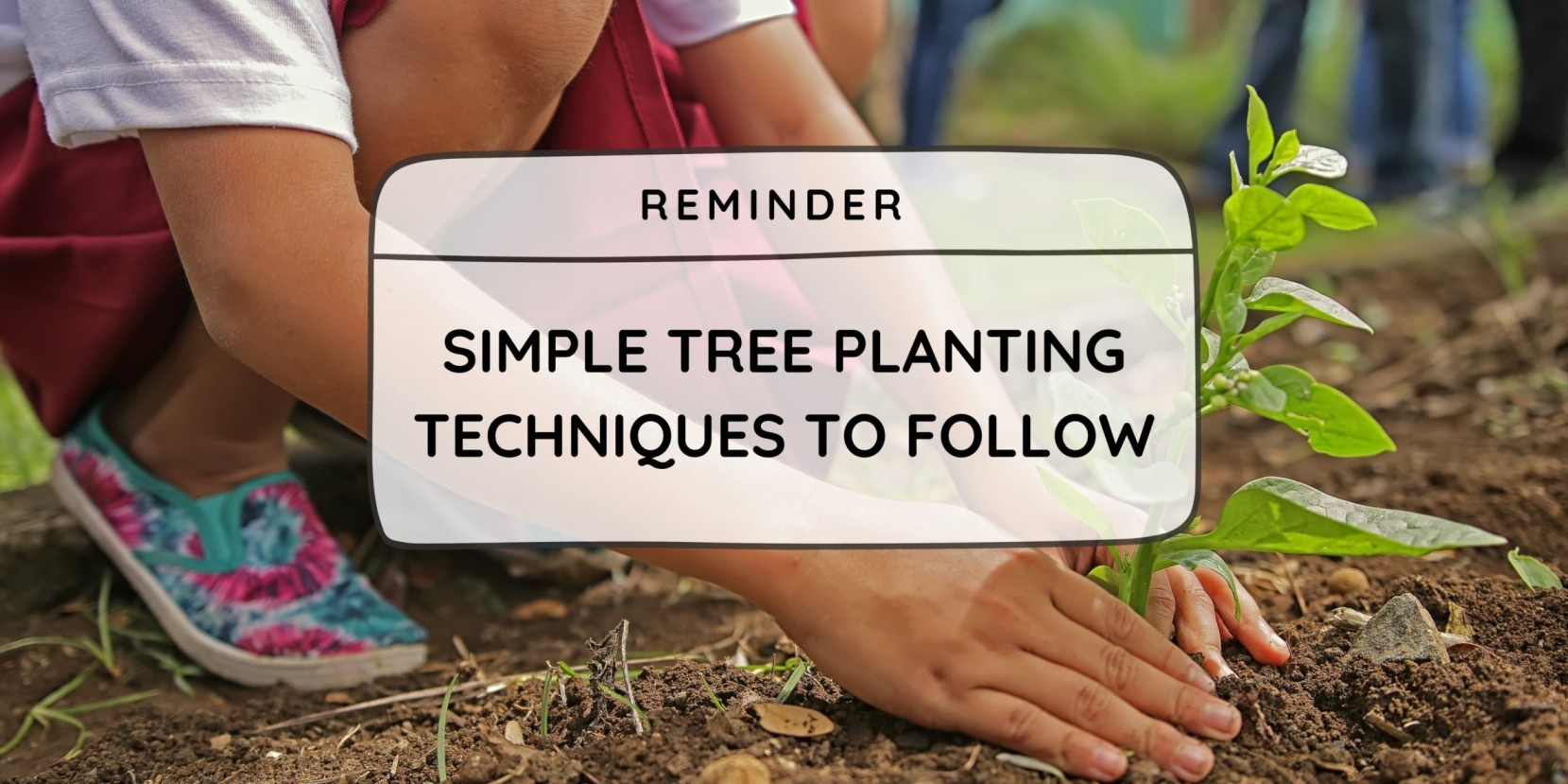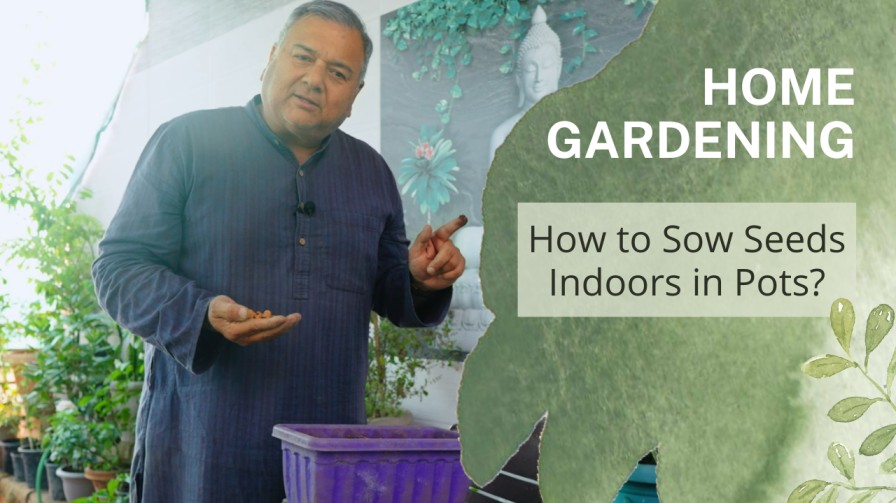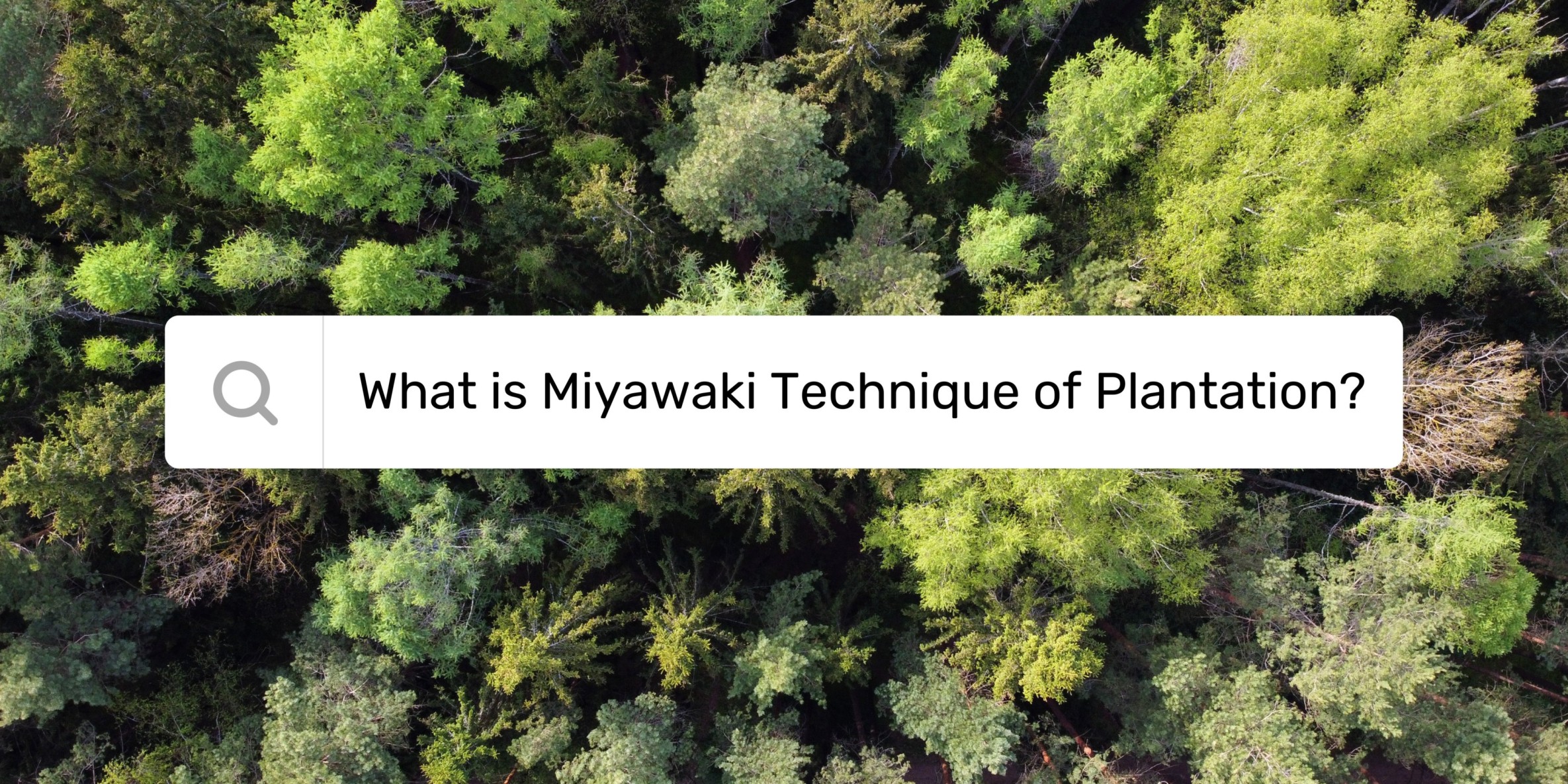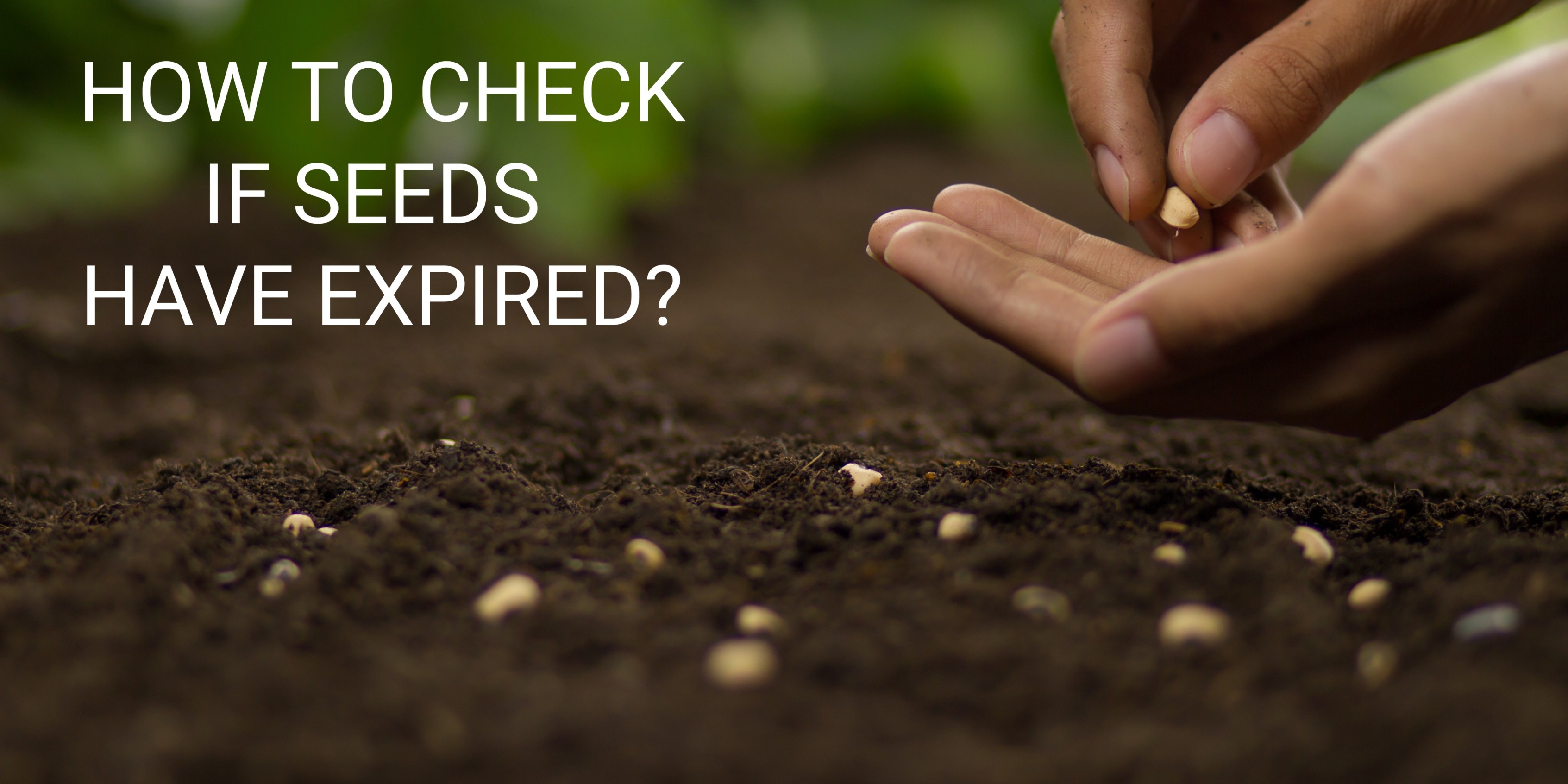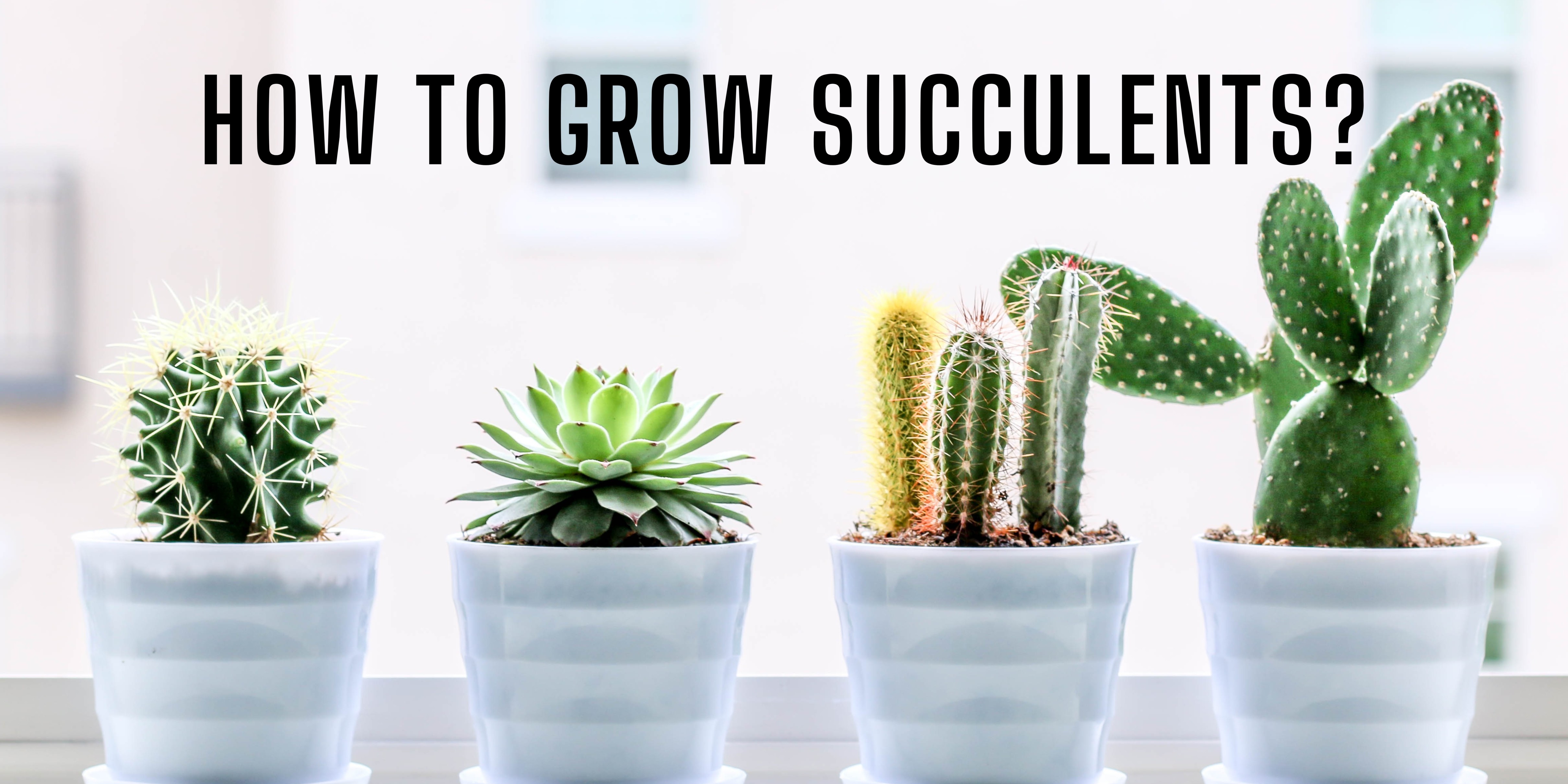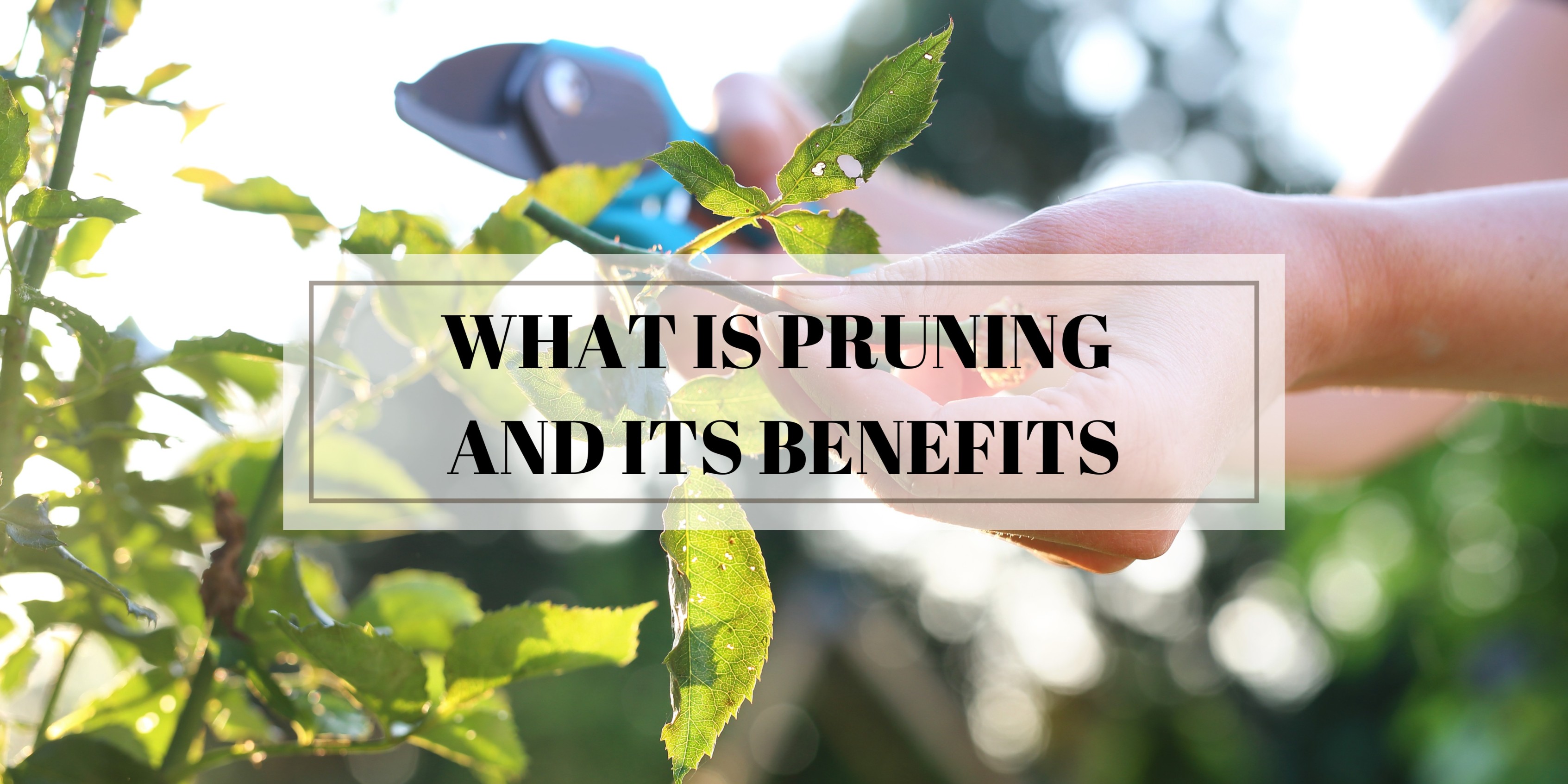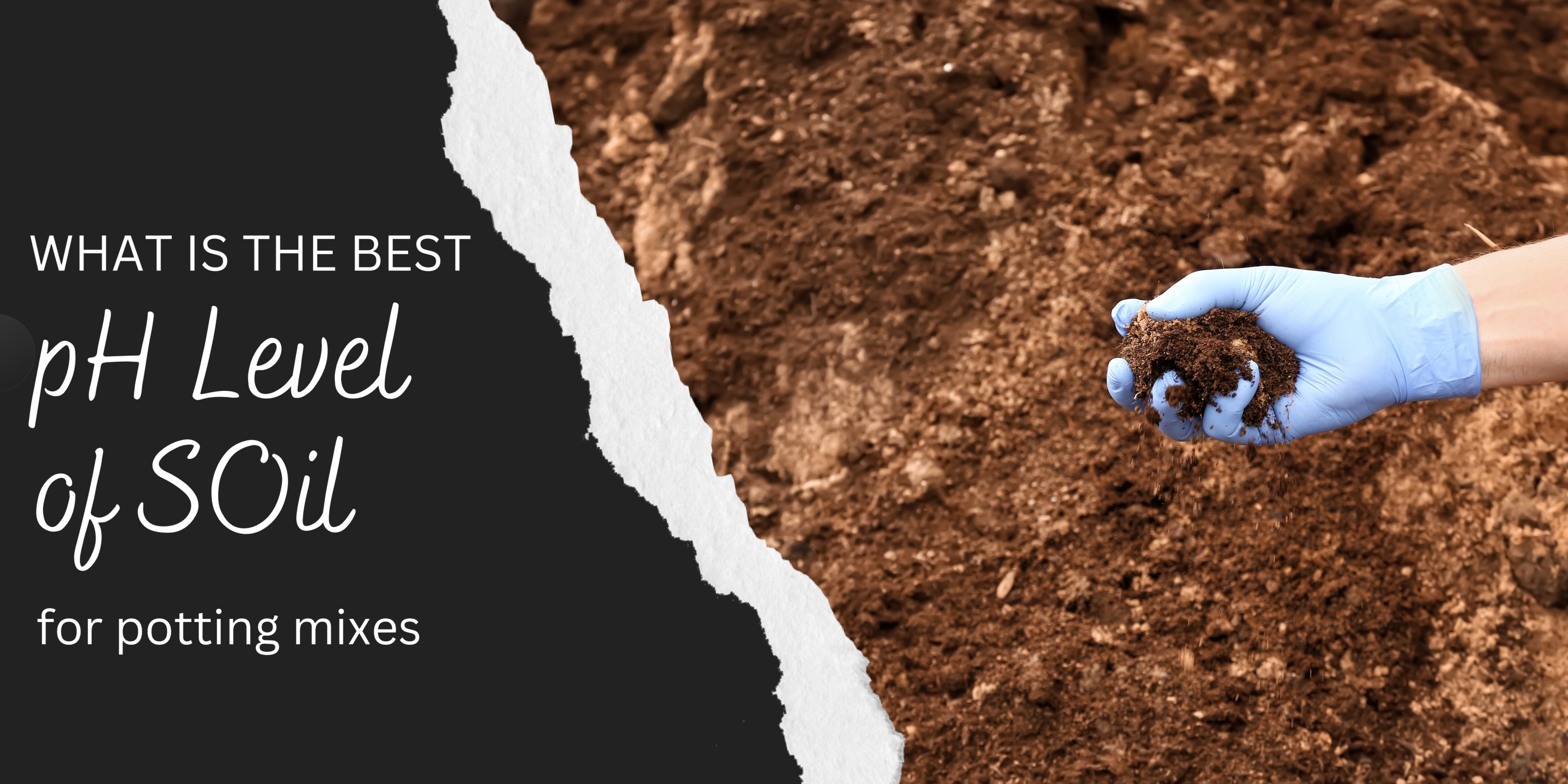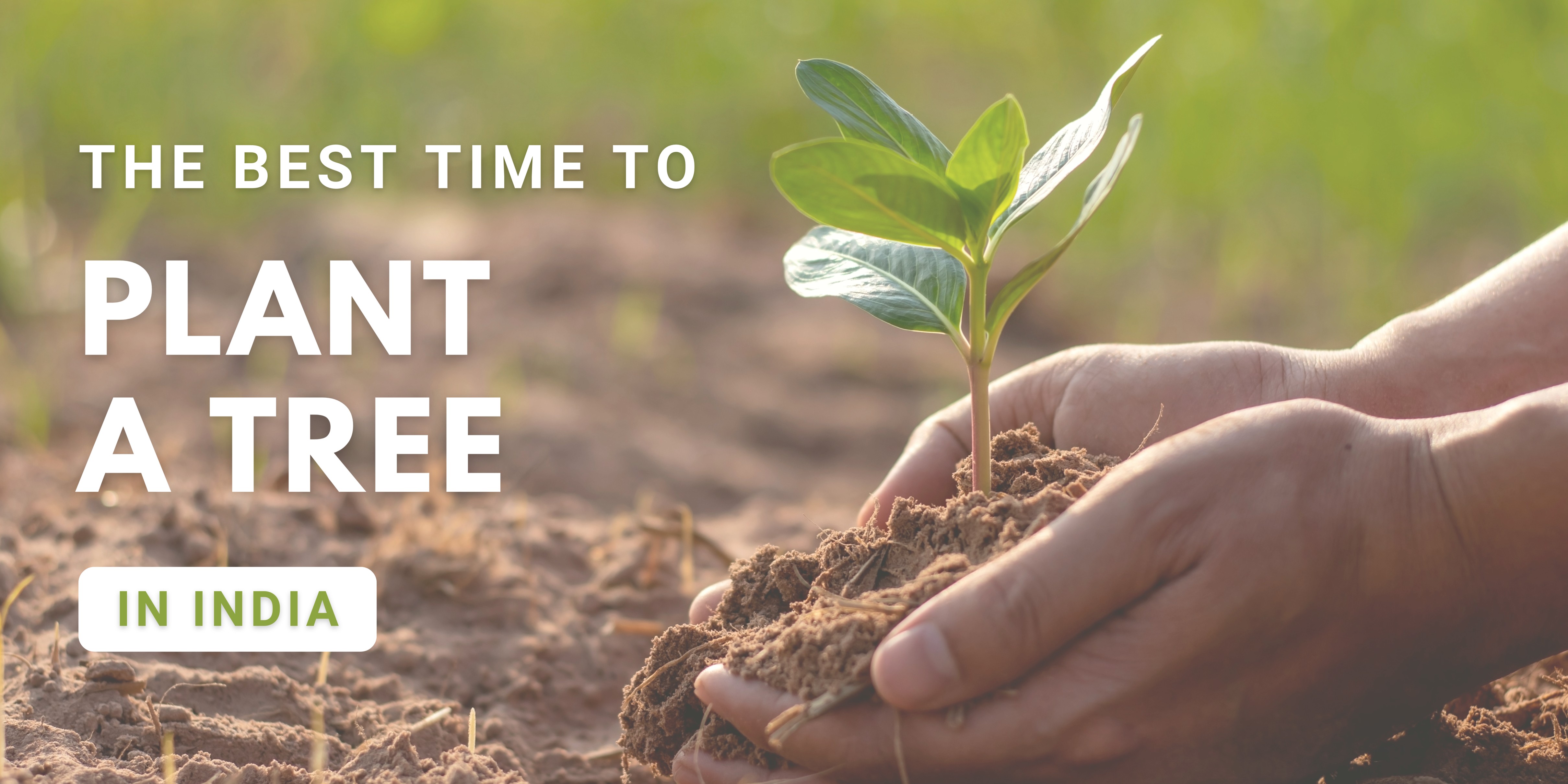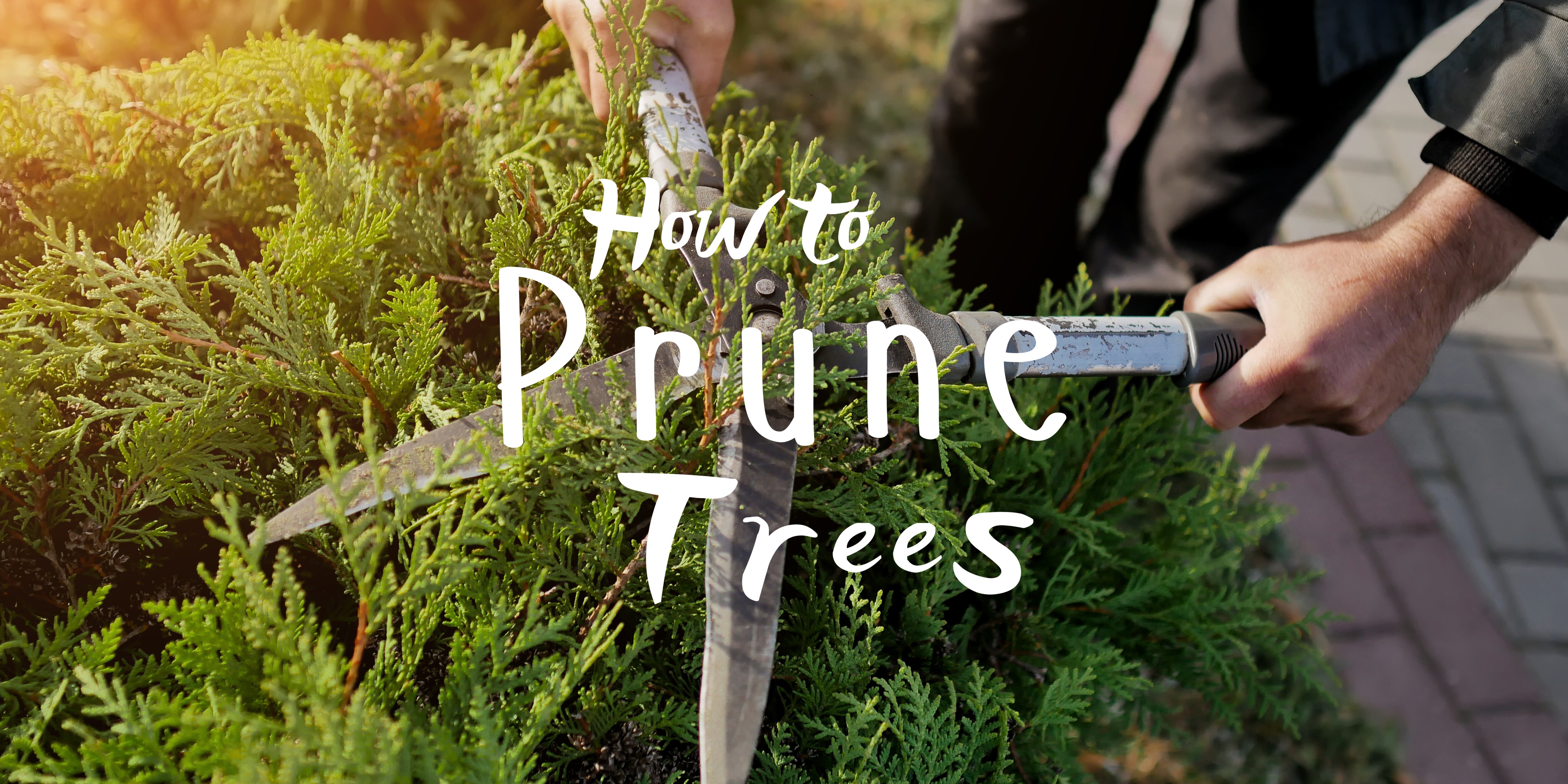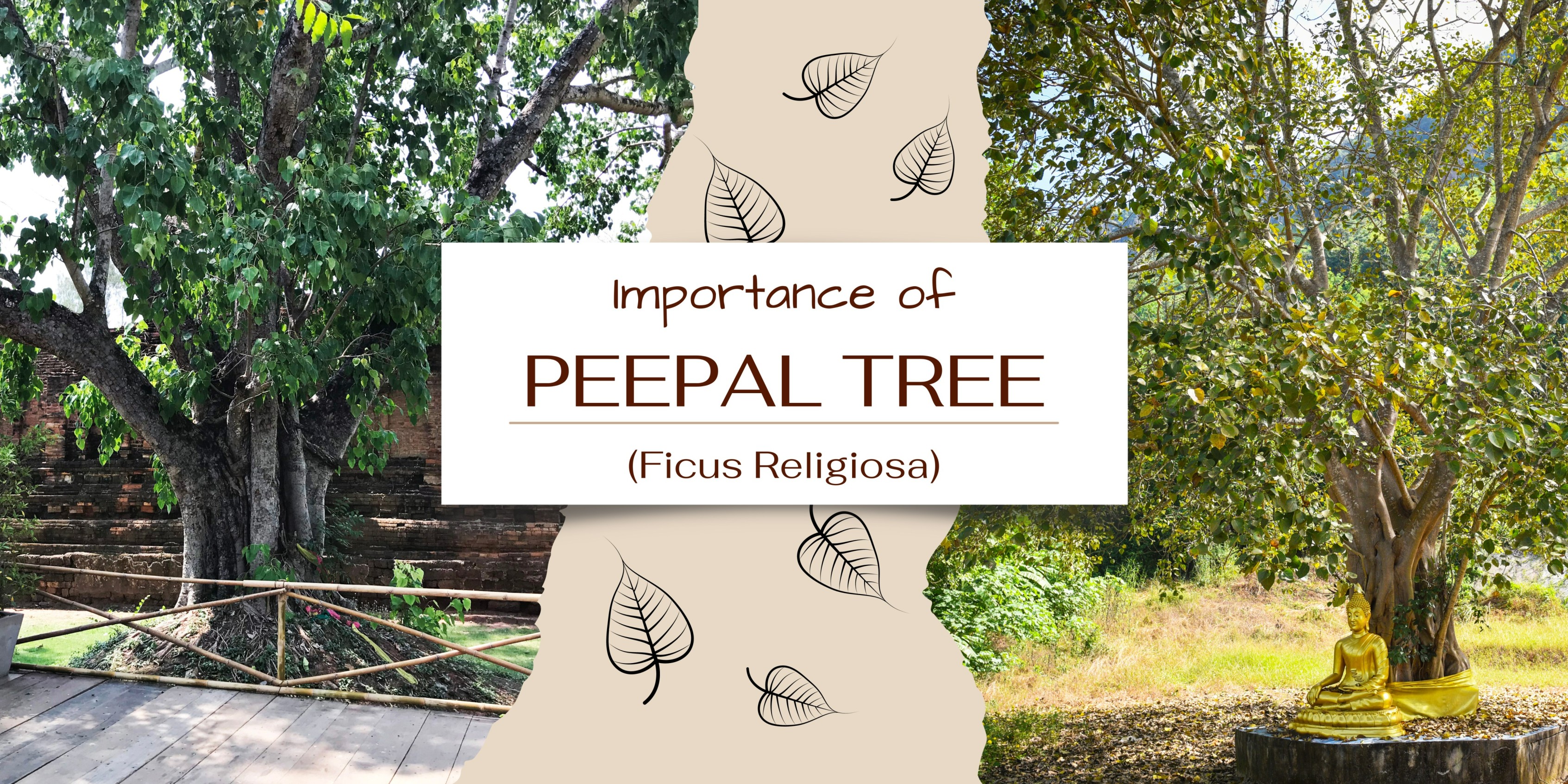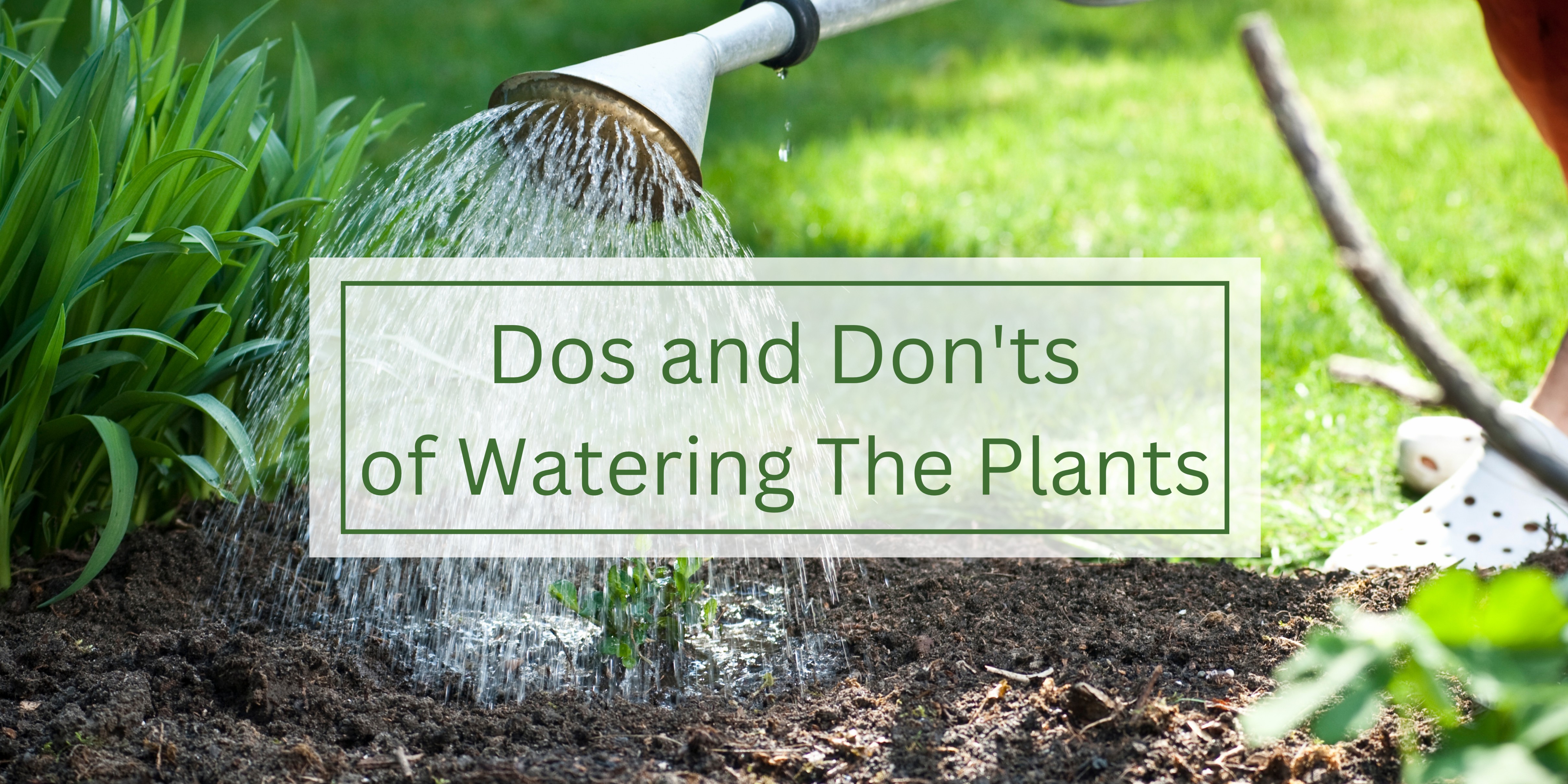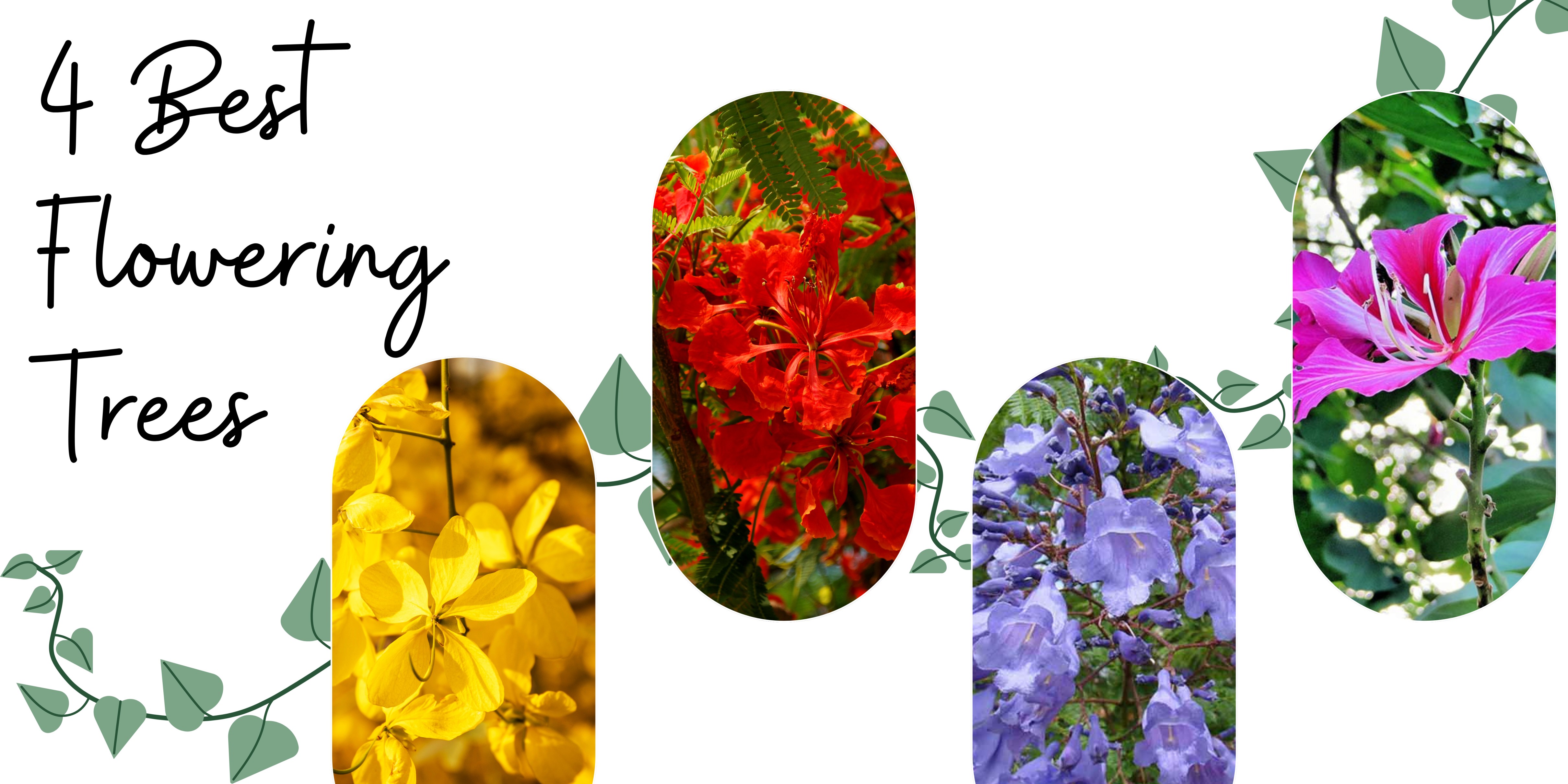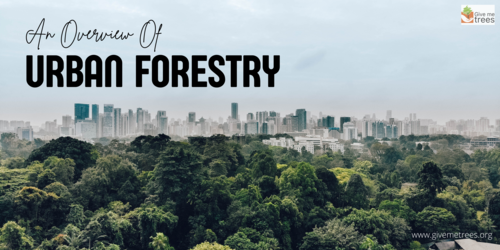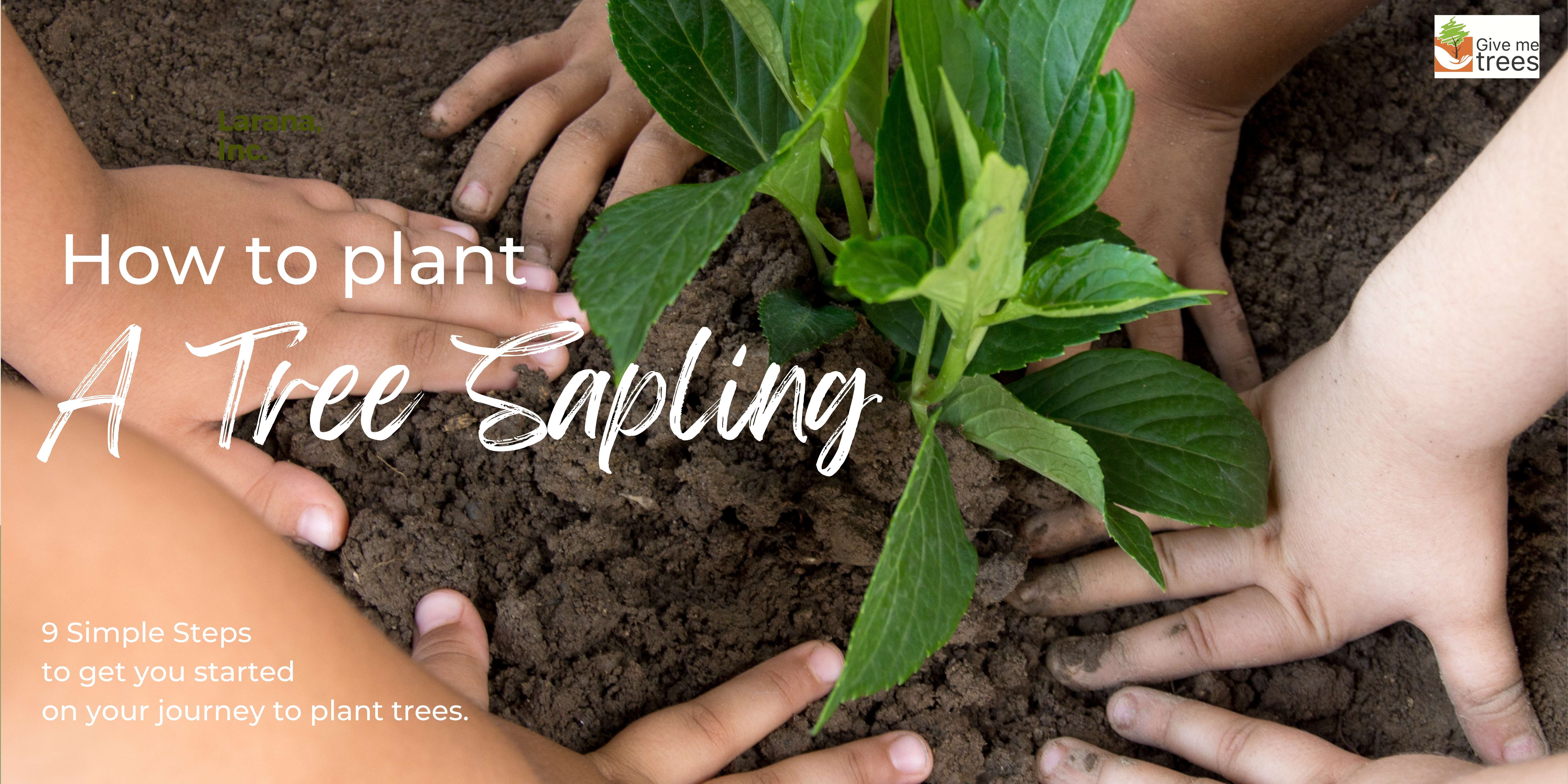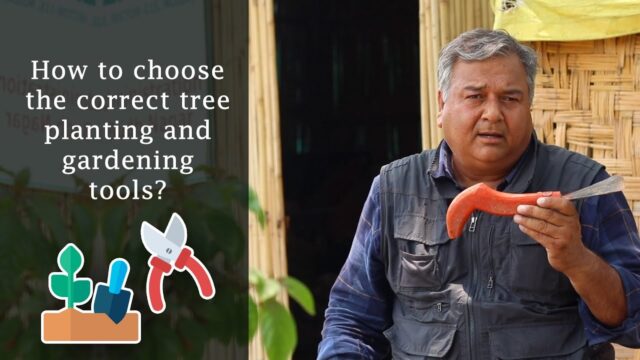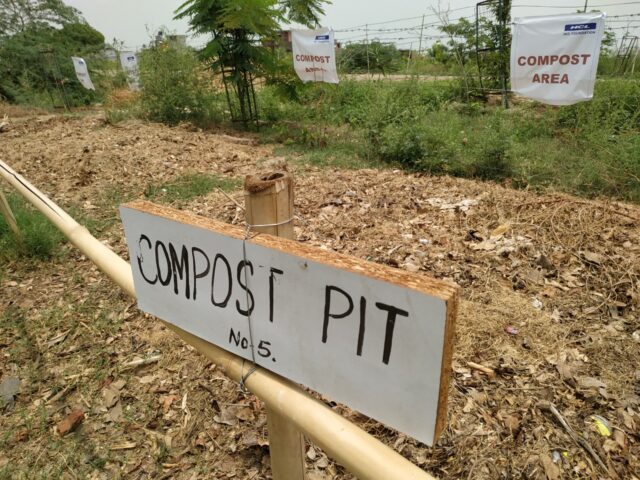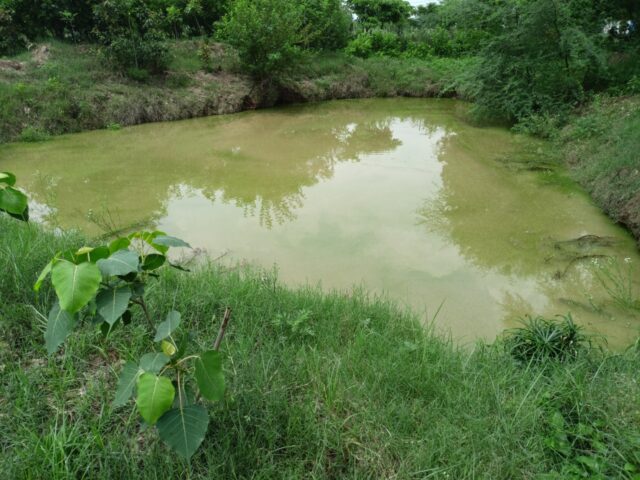
Monoculture tree plantation refers to the practice of growing only one species of tree in a particular area. The monoculture practice of planting trees has both positive and negative consequences. Let's understand both of them.
Advantages of Monoculture Tree Plantation
- One of the main benefits of monoculture tree plantation is that it simplifies management and harvesting. With only one species of trees, it is easier to manage and maintain the plantation, as the trees have similar growth patterns and requirements. This makes it easier to control pests and diseases, as well as to harvest the trees at the same time, leading to more efficient and cost-effective management.
- Another benefit of monoculture tree plantation is that it can be used to produce a large amount of high-quality timber in a relatively short amount of time. This is because the trees are planted close together, which encourages them to grow straight and tall, with fewer knots and other defects. This makes the resulting timber more valuable and desirable for use in construction and other applications.
- Finally, monoculture tree plantation can also provide important environmental benefits. For example, it can help combat deforestation by providing a sustainable source of timber that can reduce the demand for logging in natural forests. Additionally, monoculture tree plantations can help to sequester carbon from the atmosphere, which can help to mitigate climate change.
Disadvantages of the Monoculture Plantation Method
- One of the most significant issues with monoculture tree plantations is the lack of biodiversity. By replacing diverse ecosystems with a single species, these plantations can disrupt natural habitats and lead to declines in wildlife populations. Additionally, monocultures are more vulnerable to pests, diseases, and climate events such as droughts or floods, which can have devastating effects on the entire plantation.
- Monoculture tree plantations can also have social impacts on local communities. In some cases, these plantations may displace indigenous peoples or small farmers who rely on the land for their livelihoods. Additionally, the chemicals and fertilizers used in plantation management can have negative health effects on nearby communities.
Overall, while monoculture tree plantations may seem like a simple solution to meet the demand for wood and paper products, the negative ecological and social impacts should be carefully considered. Instead, sustainable forestry practices that promote biodiversity and respect local communities should be prioritized.
Why does Give Me Trees Trust practice Monoculture at some afforestation sites?
The reason why we plant only one species at some of our sites is to improve the soil texture. Yes, some lands have very saline (salty) soil with a pH value of more than 8.5 which doesn't support the growth of many species of plants. Therefore, as an experiment, we planted just one species i.e. Sheesham tree at one of our sites. This helped tremendously as after some time the texture of the soil improved and supported the growth of other plants and trees.
We don't do monoculture plantations for a long. Once the soil becomes fertile and non-saline, we start planting other species to increase the biodiversity. Hence, doing monoculture and experimenting with it on barren or infertile lands can be useful, but one should be careful to select the species as per the local climatic conditions and environment.
Liked It? Pin It!

.png)

